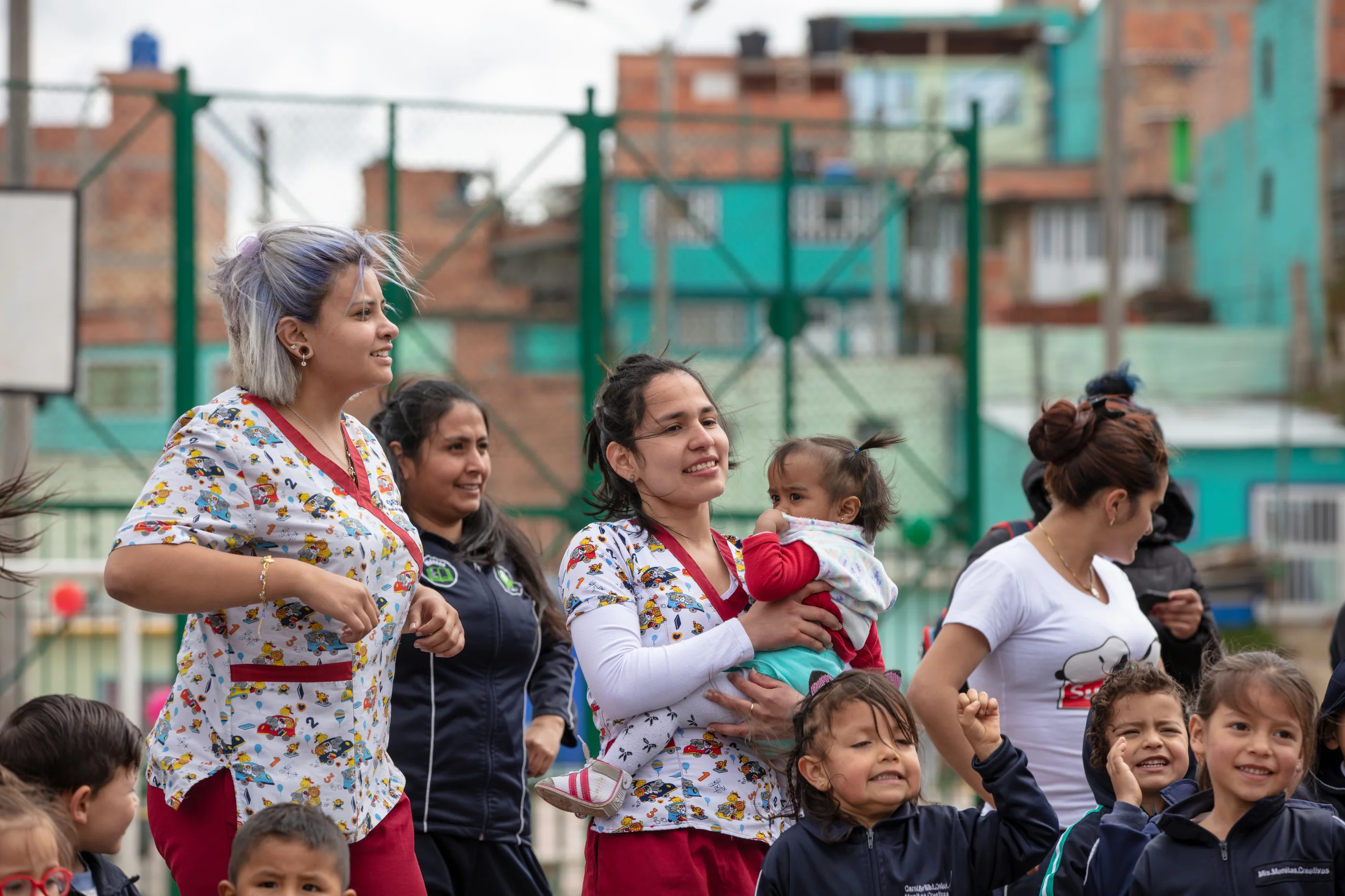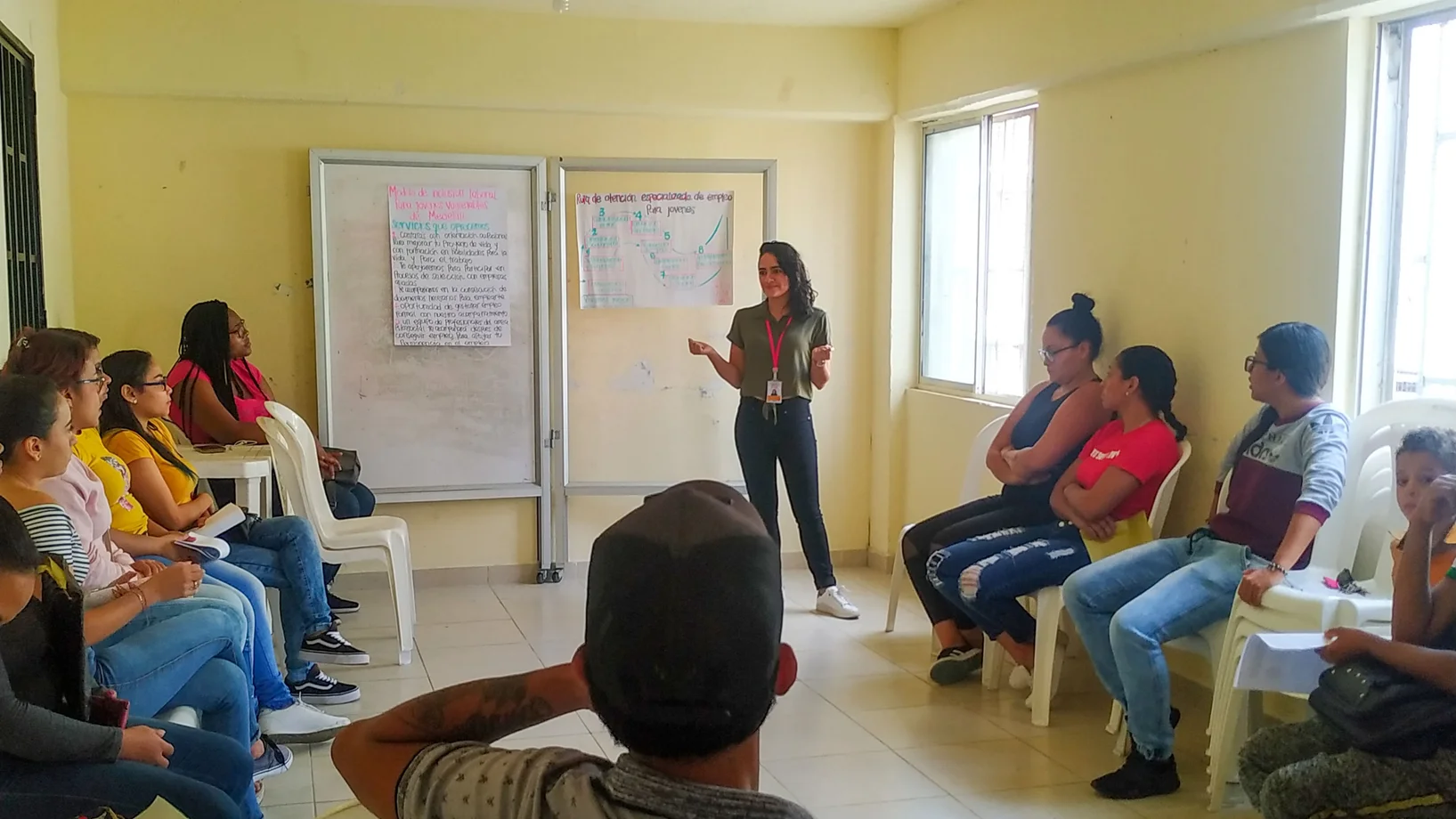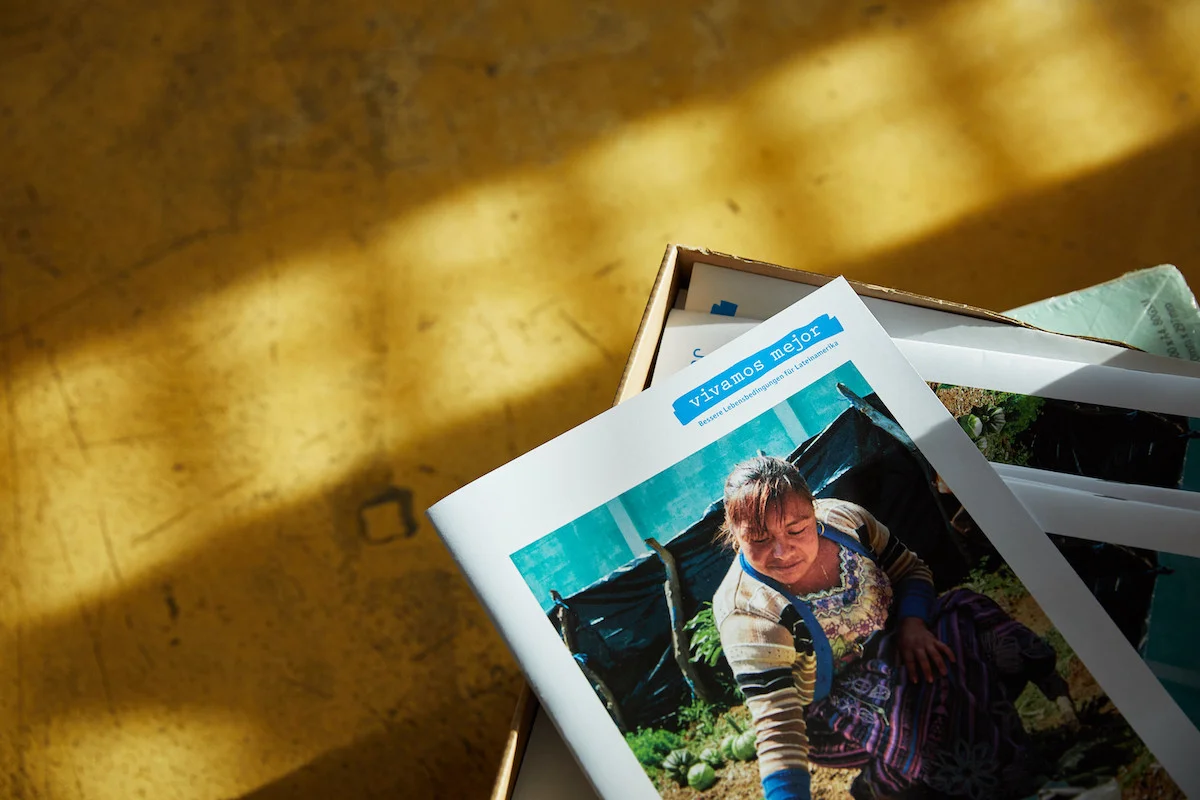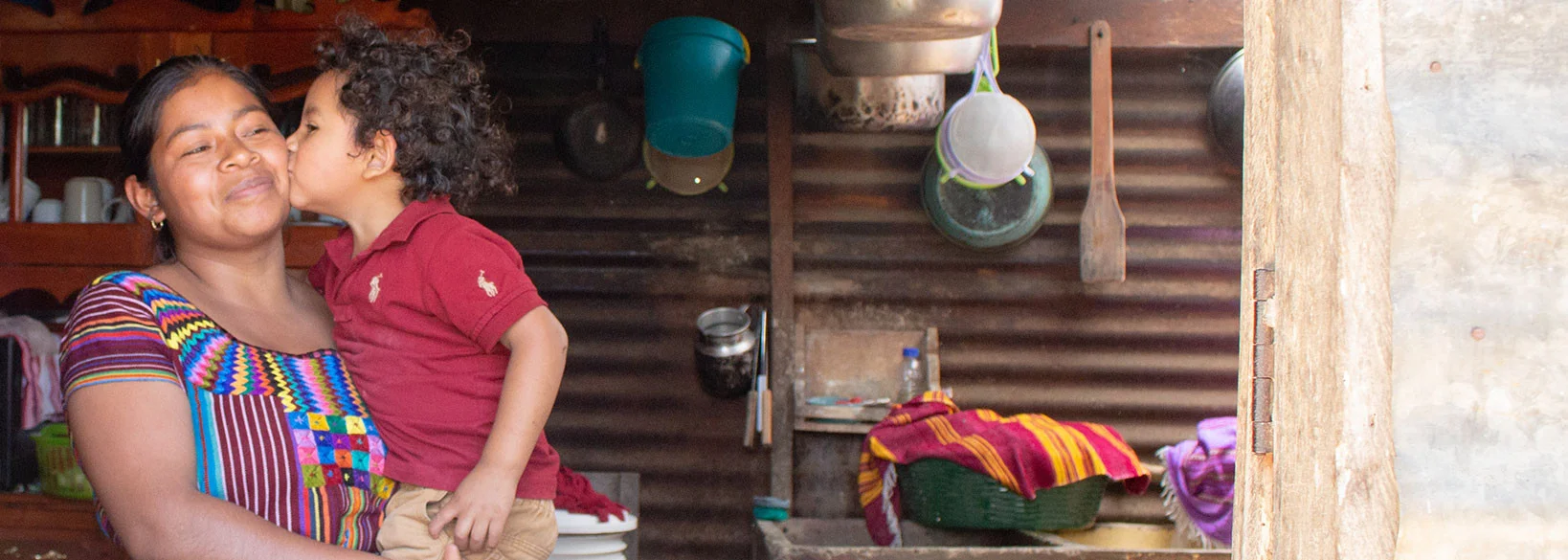An insight into the programmes (videos available in German only)
Vivamos relies on continuing education, and to this end has created the Bridge to School and Bridge to Working Life programmes. The following videos, shot in Colombia, show examples of how Vivamos's projects are implemented and why they have a lasting impact.
Examples of projects in Colombia
Please note
This is/these are just (an) examples. More past and current projects can be found on the German page (language can be changed at the top right).




